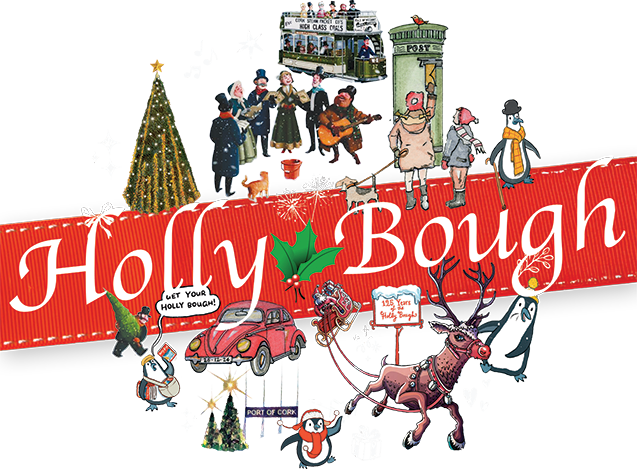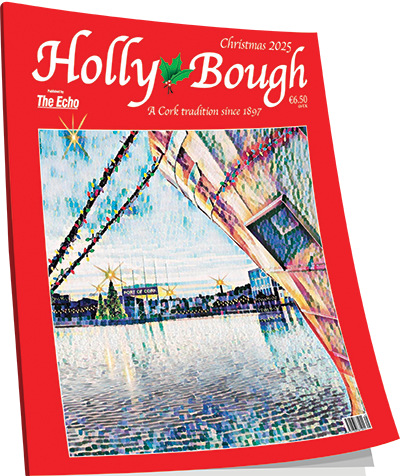My guide to Berlin as an inter-rail student
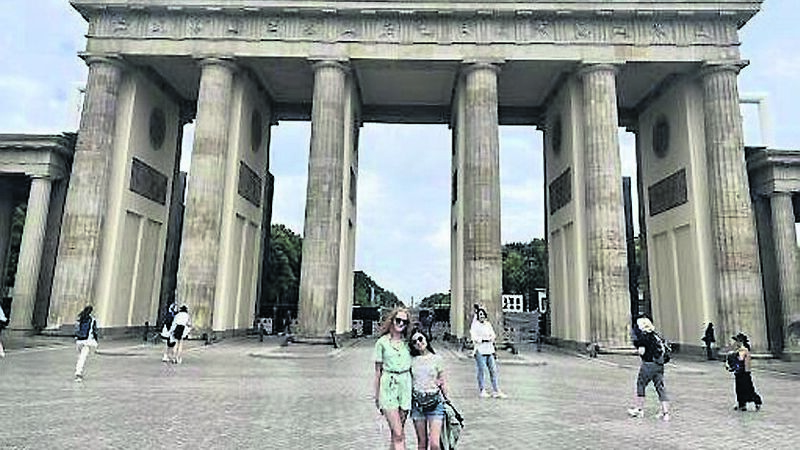
Cork student Amy O’Brien (right) and her friend Niamh Finn at the Brandenburg Gate in Berlin
The first location on our trip was Berlin and I didn’t know what to expect. I’d been told it is full of history and a very interesting city.
My best friend, Niamh Finn, and I had also heard a lot about the clubs and bars there. We had both just studied German for the Leaving Cert, so had an idea of language, food and culture, which was great insight to have beforehand. Niamh had been to Cologne once and I’d visited Munich, but Berlin, Deutschland’s capital, was a brand new city to us.
The first thing that struck me as we emerged from the main train station and diligently followed Google Map directions towards our first hostel, was how quiet it was. I couldn’t really believe I was in the city centre as we strolled through blissfully silent parks and observed the ‘closed’ sign on the majority of windows we passed.
We sat down at a cafe for brunch and realised it was Sunday, their rest day, when they really seem to shut down and relax.
The hostel was in an area called ‘Wedding’ and the owner didn’t speak English, so she sent me an email with the codes, our room number and pin, without ever having to meet us.
Our room was on a corridor of female bedrooms and a shared bathroom. We had two, comfortable single beds, a locker and window. Just down from the hostel, we discovered a Lidl, which we visited each of the three days and would be our source of pastries in the morning, bread rolls for lunch, as well as fruit, sweets and snacks. The first thing we bought in each city was a big bottle of still water, to save money and plastic.
Initially, we’d find it a struggle to use the underground lines. Exploring the city became much easier once we figured out how to make the best use of Google Maps! On the flipside, the app quickly drains your phone’s battery so ensure not to have it running in the background accidentally, and have a powerbank on you in case.
The first thing we chose to see in the morning were the Brandenburg gates. They were incredible - the vast, 26 metre high gates dominate the square.
From here, the tour guide brought us past the Berlin Wall, Checkpoint Charlie, and a plethora of other stops. We also stopped in a regular car park surrounded by everyday apartments, which was actually the site of Hitler’s bunker, where he operated from in the final days of the war, and died.
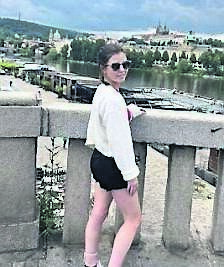
The bunker is filled with concrete and in no way have the government commemorated the site or Hitler himself. In stark contrast, they have invested in an impactful and carefully created memorial to the Jews nearby, as well as memorials to other persecuted communities. These memorials take prime positions in the heart of the city to serve as vital reminders of the atrocious events of Europe’s past.
The Memorial to the Murdered Jews of Europe was designed by Peter Eisenman and from the outside, looks like random concrete blocks. However, as you walk through the memorial, these gravestone-like blocks tower over you. They rise in height, but also, the ground slopes downwards. Suddenly, you feel surrounded and trapped by a grim sea of dull, grey. To me, it felt like this was to represent how suddenly the jews were targeted, lost their citizenship and eventually, were exterminated in death camps.
The rectangles also slant in a way that reminds me of a packed graveyard, as the soil struggles to support so many graves, they’d begin to topple and turn. Maybe, this is to remind us of the sheer number of jews - about six million - that were victims of the holocaust.
Directly underground, is a free museum with a timeline, photos and information about the holocaust. It is complemented by personal quotes and brings a heartbreaking level of humanity and first-hand perspective.
The heart-wrenching emotions and thoughts evoked by this memorial are hard to face, but important to let wash over you.
Eiseman never explained the memorial or why there are exactly 2,711 blocks, he wanted people to come to this place to think and feel for themselves.
I think that, given the job of finding a way to remember and honour such a huge number of people with so many different stories and experiences, it’s best that it is entirely open to interpretation.
As a respite from the rain, Nianh and I then had a stroll around the clothes shops and found a wide array of cuisines in the mall of Berlin’s food court, from Asian noodles to Indian curries.
We’d paused to look at the Berlin cathedral, art galleries, and noticed the unique traffic light symbols crossing the roads. Then we spent a couple hours in the DDR museum, an interactive experience bringing to life what the daily experience of East German citizens would have been like. It shows the propaganda they were fed, the type of generic rooms they would have lived in, their food, schools, clothes, and so on. The fascinating museum also delves into the Cold War and how the divide of the Berlin Wall came to be.
We tried apple strudel and a German beer that evening, and the city felt far busier and bigger than it had.
The next day, after a pretzel from Lidl, we made our way to the Reichstag, or the parliament building, which you could visit for free with a booking.
The front facade of the building was original but, like many of the city’s buildings, the rest had been bombed and now it has a fantastic glass dome which serves as a full 360 degrees viewing point.
It’s also interesting to note that, although older buildings across Berlin have been restored, lighter stone and plaster was purposefully used to cover bullet holes and damage, to avoid hiding the violent destruction of conflict and wars altogether.
A free audioguide was also included and informed listeners of what buildings they were looking at through the window.
Finally, we walked along the East Side Gallery, a section of the Berlin Wall covered in art and graffiti with some hopeful and some warning messages. Images depict the fear of the period and others show a celebration of freedom after the Berlin Wall came down.
Overall, I felt walking along this strip of art helped to sum up what we’d learned in the city. I felt Berlin was the most historically and geopolitically interesting city we visited while inter-railing. The lessons and the revelations I had there will surely stay with me forever.
Our next destination was Prague which I’ll be writing all about in Monday’s article.
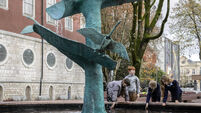
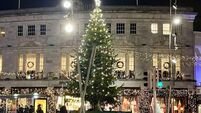
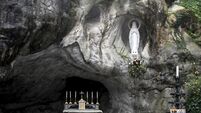
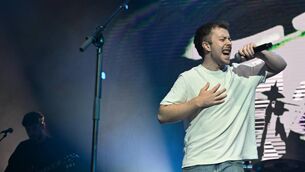
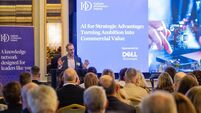

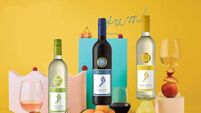
 App?
App?

